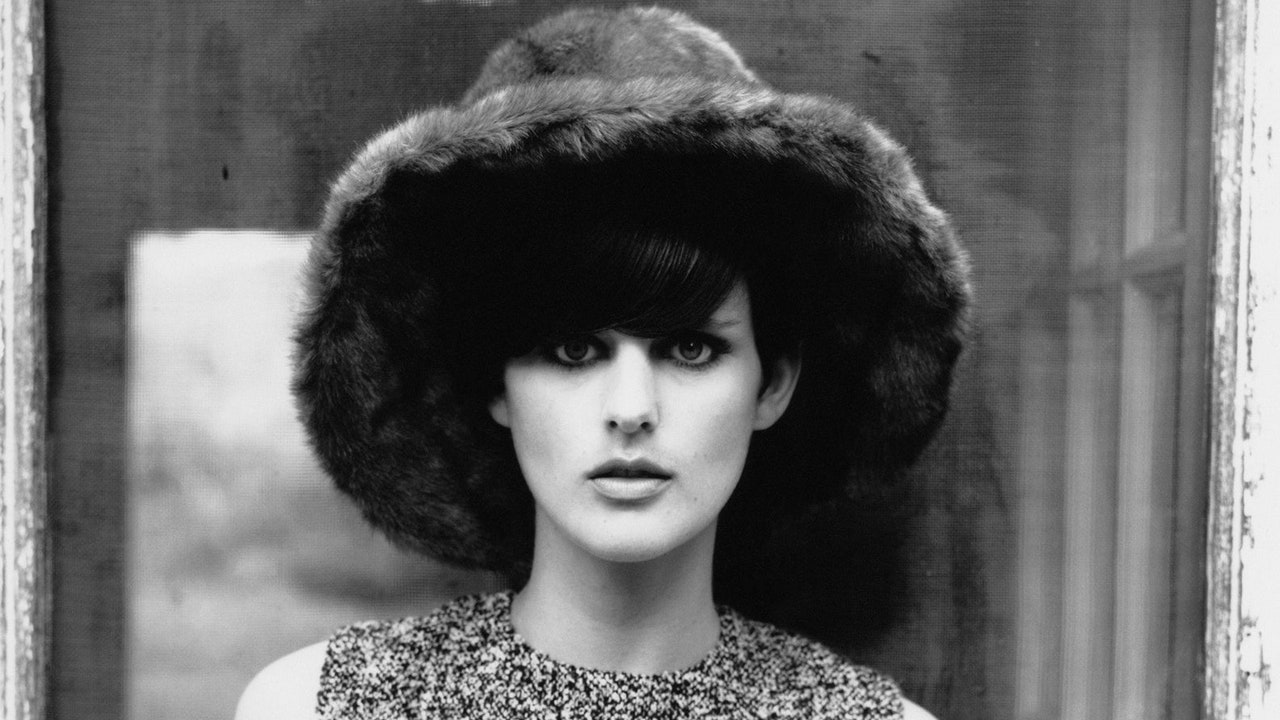Despite Stella’s misgivings, the fashion world was besotted. For Donatella Versace, Stella was “strong, smart, opinionated, and determined.” She was booked for Jean-Paul Gaultier’s memorable Spring 1994 show, which represented “a startling vision of cross-cultural harmony,” as Vogue noted. A season later she walked in 75 shows. Ever pragmatic, Stella would jokingly confide that her motivation to walk the runways was that every step she took represented another acre of the fantasy Scottish or Chilean estate she wanted to buy. The nose ring eventually went too—Stella had worn it for a meeting with representatives of one of the world’s leading beauty brands and they had assumed the agency had sent the wrong girl.
But her ability to embody so many different fashion idioms—from Helmut Lang’s edgy minimalism to John Galliano’s madcap fantasy, from Versace’s high octane glamor, to Karl Lagerfeld’s haute couture hauteur—with equal insouciance, and make each her own, instantly placed her in the very small class of true fashion chameleons, up there in the Olympian pantheon with Linda, Naomi, Kate, Verushka, and Twiggy. And by the time she entered the fashion fray, Stella was no teenage neophyte, she was a remarkably grounded and intelligent young woman, with her own agency and an objective perspective on the industry. “She wasn’t trying to be a model,” said Philip Treacy, “to be fabulous, to be cool, to have a rock-n-roll boyfriend: She was disdainful of that circuit. She didn’t care—of course, that was part of the appeal.”
The truth is, Stella didn’t have to try: She not only possessed but she defined the indefinable “it.” “She looked like a fashion sketch from the 20s,” says Sykes, “with that small pixie-ish head, amazing bone structure, and the ectomorphic body type.” Karl Lagerfeld was one of her legion admirers, responding to her beauty, intelligence, and lineage, and in 1996 booked her on an exclusive Chanel contract, ushering in a new willowy paradigm for the house, evocative of Ines de la Fressange in the 1980s, in the wake of the voluptuous blonde Claudia Schiffer. Meanwhile, Stella’s dream of a Scottish estate of her own grew ever more tangible.
Through it all, Stella remained, as I noted in 2001 “one of the most grounded people in the industry,” and her personal style was electrifying. For an October 1995’s “High-toned Tweeds” story photographed by Arthur Elgort and styled by her devotee Grace Coddington, the caption noted that “Stella Tennant favors pierced noses and navels over long white gloves and gowns … When Vogue asked Stella to model country tweeds her irreverent sense of style came with her.” As a last minute inspiration, Elgort and Coddington had her dive into a swimming pool in her ICB tweed suit and Wellington boots. It was a one-shot moment, and Elgort captured that shot for an unforgettable image that defined Stella’s own quirky charm. In 2001, Calvin Klein presented Stella with the VN1/Vogue Model of the Year Award, which she accepted dressed in Nicolas Ghesquiere’s patchwork tee-shirt, hip-slung khaki army pants, and flat Jesus sandals, looking like the most achingly cool girl on the planet. Which she was.
